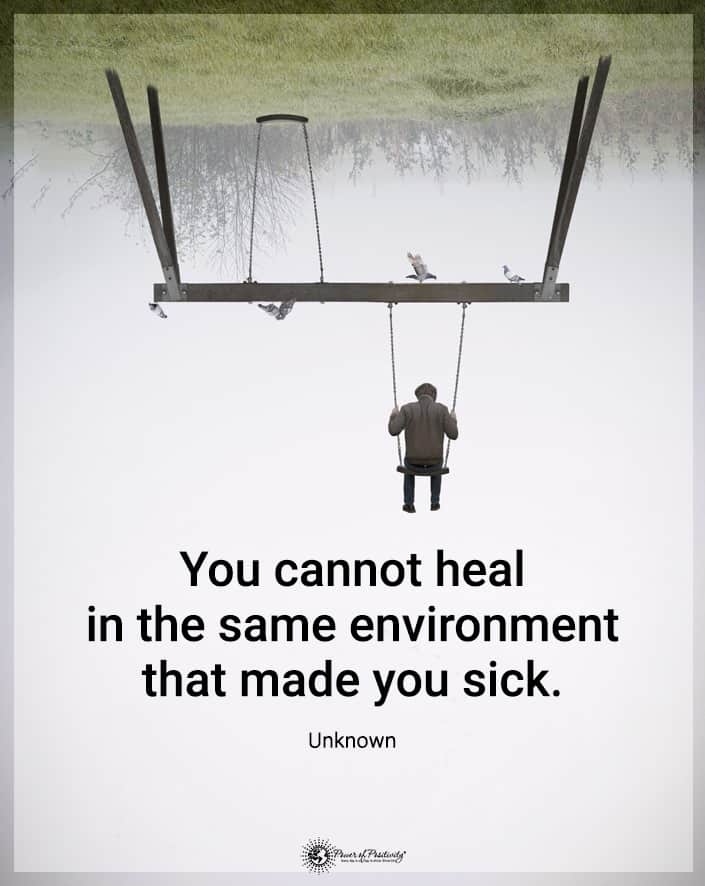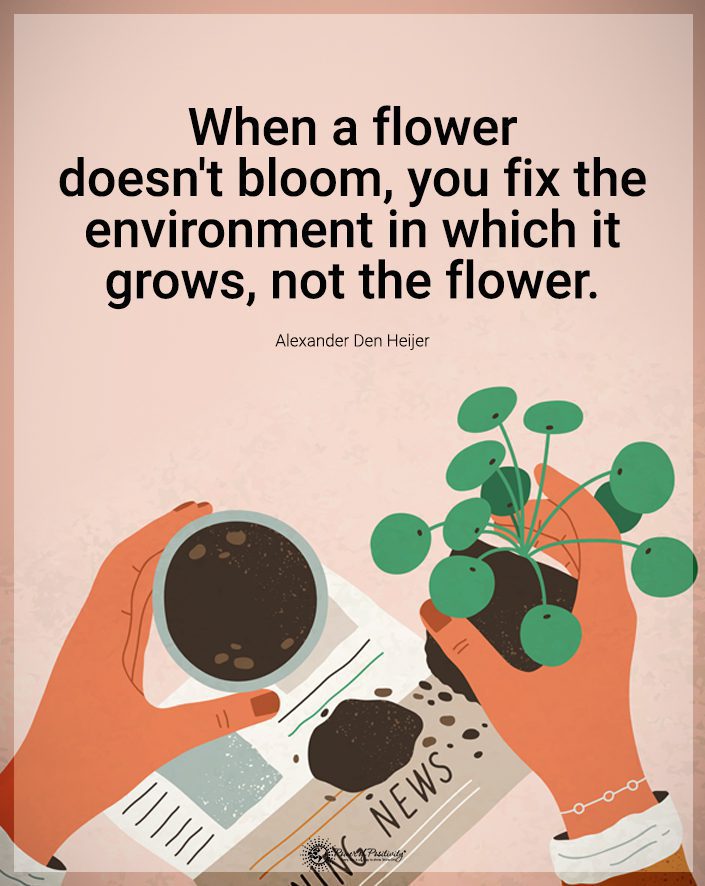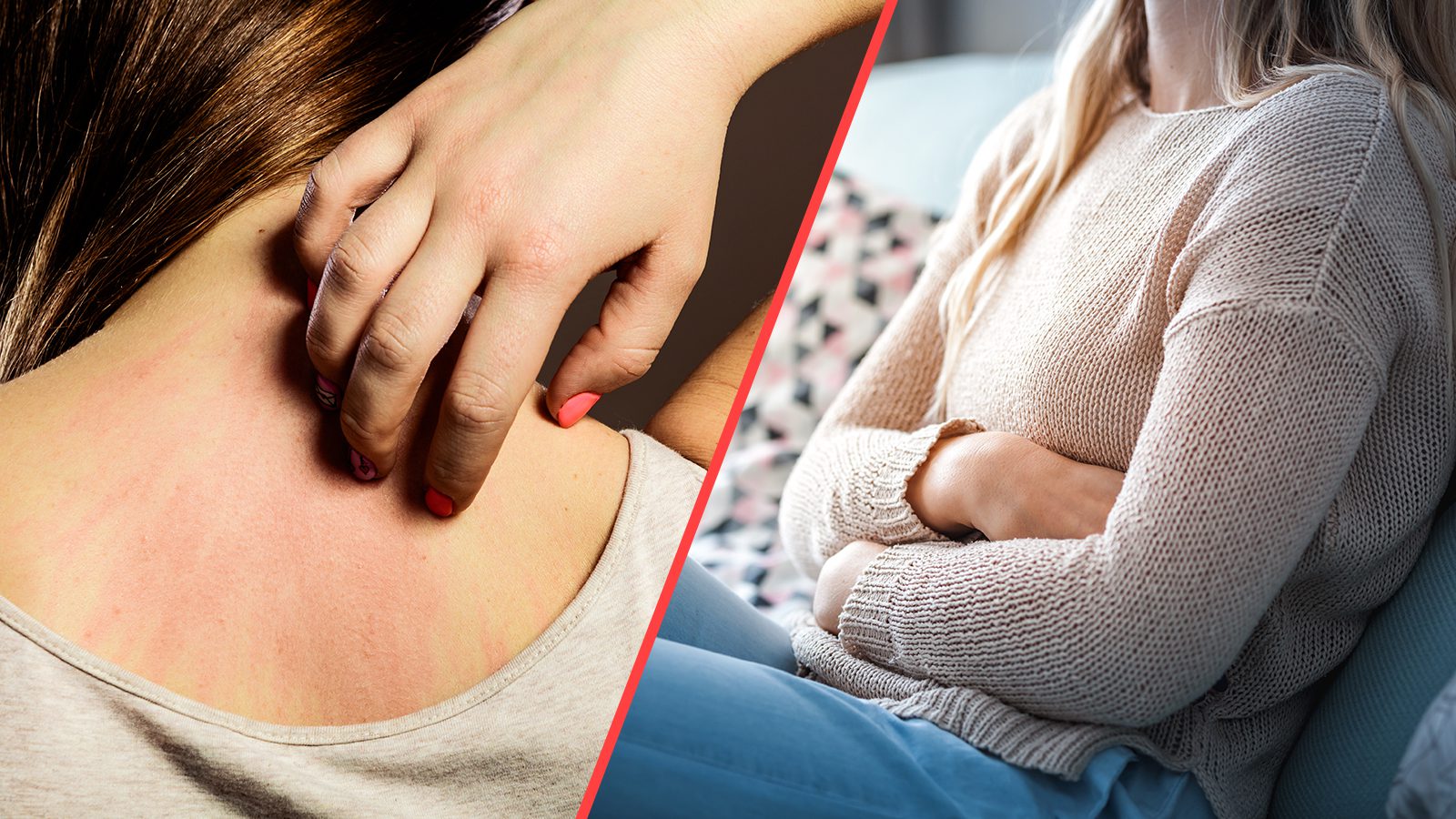A food allergy is a response by your immune system which triggers histamines to protect it. After this, your body remembers a food that started your immune system. When you eat that food again, your histamine response gets automatically. Diagnosing food allergies isn’t easy, but here is some information on how to pinpoint allergy symptoms.
What are the most common food allergies?
According to the Department of Health and Human Services, in the U.S., the most common food allergies include:
- Tree nuts
- Peanuts
- Eggs
- Shellfish
- Fish
- Cow’s milk
- Wheat
- Soy

Eleven Food Allergy Symptoms and How to Pinpoint Them
Allergies often appear in childhood, but they can start at any age. Here are the most frequent indicators.
1. Anaphylaxis
Anaphylaxis is a severe reaction to something you eat. It starts shortly after you eat and gets worse quickly. The symptoms of anaphylaxis are often the same as the less severe reactions, but it can include symptoms such as:
- Breathing problems
- Swollen tongue
- Feeling of tightness in our chest
- Having a hard time swallowing or speaking
- Dizziness or faint
- Total collapse
An anaphylactic reaction is a medical emergency. Without prompt treatment, it’s a life-threatening situation. If you think someone is having an anaphylactic response, dial 911.
2. Rashes
Food allergy symptoms may affect your skin. A bumpy, red rash appears shortly after you eat or come in contact with a particular food. The inflammation may be around your mouth, face, neck, or anywhere the food touches your skin. You may also have a rash on other parts of your body.
Eczema is a common food allergy rash. Your skin turns red, scaly, and itchy with a purplish or ashen hue. It comes from immune system response, environmental triggers, genetics, or stress. If you have eczema, your immune system reacts to anything from minor irritants to food allergies.
Follow an Elimination Diet if You See a Rash or Other Food Allergy Symptoms
Eczema food allergy reactions can occur minutes to hours after you eat a particular food, but late eczema reactions can occur from one hour to two days later. You can try an elimination diet to figure out what’s causing this reaction. Avoid eating the common foods that cause eczema. After several days of eliminating these foods, slowly add each food back into your diet. Watch for reactions up to two days after you eat food. If no response occurs, try adding another food. If your symptoms worsen after eating a particular food, avoid it. You can add it to your diet later to see if your eczema flares up. Common foods that trigger eczema include:
- Dairy
- Eggs
- Wheat
- Soy
- Citrus
- Nuts
- Certain spices like cloves, cinnamon, or vanilla
Individuals with dyshidrotic eczema, a skin reaction that appears on their hands and feet, should eliminate nickel foods. Nickel is a trace mineral found in the soil, which transfers into foods. Here are some foods high in nickel you should know:
- Canned meats
- Beans
- Lentils
- Peas
- Soybeans
- Chocolate
- Nuts
- Seeds
- Shellfish
Some eczema sufferers are sensitive to birch pollen. Foods that cause reactions because of exposure to this pollen include:
- Carrots
- Celery
- Green apples
- Hazelnuts
- Pears
3. Hives
Hives are another skin allergy symptom characterized by red welts or bumps. It’s called acute urticaria if it lasts up to six weeks and chronic urticaria if it goes on for over six weeks. Common foods that cause hives are the following:
- Nuts
- Peanuts
- Eggs
- Shellfish
If you’re allergic to latex, these foods will also trigger hives, including:
- Mangos
- Chestnuts
- Bananas
- Kiwis
- Bananas
Hives usually appear within one hour of eating food.
4. Itchiness or swelling in your mouth can be food allergy symptoms
If you have pollen allergies, you may also react to certain foods. Pollen allergies cause itching or swelling in your mouth, throat, or tongue. Not everyone with pollen allergy experiences these symptoms. If you’re allergic to these pollens, here are some common foods you should avoid:
- Grass pollen: Celery, tomatoes, peaches, melons
- Ragweed pollens: Bananas, melons, cucumbers, zucchini, sunflowers, artichokes, echinacea tea
- Birch pollen: Plums, pear, peach, almonds, apples, celery, cherry, hazelnut, kiwi
Besides eliminating these foods, you can use natural antihistamines to help control your pollen allergies. Here are a few common natural antihistamines:
- Vitamin C
- Probiotics
- Stinging nettle
- Bromelain-an enzyme
- Alternative ways to help relieve your pollen allergies are
- Acupuncture
- Nasal irrigation
- Exercise
5. Asthma and wheezing can come from allergies to food
Foods rarely cause an asthma attack, but the allergic symptoms are like asthmatic. One man developed wheezing and a cough from eating onions. As it turned out, he was allergic to mold, which grew on the onion peels. Simply eating the onion caused him a respiratory reaction. Foods that may cause an asthmatic response are these:
- Dairy
- Eggs
- Peanuts
- Wheat
- Shrimp
- Fish
- Tree nuts
6. Dizziness
Weirdly enough, you can have cardiac symptoms from food allergies. Cardiac symptoms include:
- Dizziness
- Looking sick
- Drop in your blood pressure
- Loss of consciousness (severe)
It’s difficult to tell if you’re experiencing a severe reaction, but if you’re feeling these things, you may have a more severe reaction than you think. Please don’t ignore these symptoms because they could be symptoms of other medical problems.
You can also have an anaphylactic shock response or a combination of allergy symptoms, like hives and rash, combined with the above symptoms.

7. Stomach pain or diarrhea
Stomach problems because of food allergies are hard to spot. You might think you have food poisoning or simply a gastrointestinal bug. But if you continue to have symptoms, especially when you eat a particular food, there is a good chance you have a food allergy. Gastrointestinal symptoms caused by a food allergy can be.
- Nausea
- Vomiting
- Diarrhea
- Stomach pain
The most common foods that cause this type of allergic reaction are the following:
- Milk
- Wheat
- Soy
- Shellfish
- Fish
- Peanuts
- Tree nuts
- Eggs
8. Skin growths and other reactions
There were situations when people who got a tattoo developed a strange-looking skin tumor or growth. It usually happens several months after you get a new tattoo. It turns out to be more common than you think, and it’s an allergy to the ink associated with the tattoo. Your immune system detects a foreign substance, and it triggers a response.
Although not as strange as a skin tumor, some food dyes cause allergic reactions. Here are some frequent natural food dyes that cause food allergy symptoms.
- Carmine: A red food dye that’s derived from an insect. This food dye is in red yogurt, popsicles, and drinks.
- Saffron: Saffron is a yellow dye cultivated from plants in Iran, France, Spain, parts of India, and Italy. You might find it in butter, cheese, sausage, and margarine.
- Annatto: This yellow dye is from a tree in South America. You’ll spot it in custards, cakes, and other baked products.
Even though the Food and Drug Administration (FDA) recommends these food dyes as safe, some people are allergic to them. If you notice allergy symptoms after eating foods with coloring, try an elimination diet to determine which shades you’re allergic to. Food dye allergic symptoms include:
- Hives
- Headaches
- Sweating of your face
- Tightness in your chest
- Itchiness
- Flushed skin
9. Sneezing
Sneezing and itchy eyes could be a food allergy reaction. As your histamine releases, secretions increase, and you’re a mess of itchiness and sneezing. Food allergies that cause sneezing are usually mild. Some common foods that trigger sneezing are eggs, soy, milk, peanuts, and tree nuts.
10. Red buttocks
It’s embarrassing, but some food allergies give you a red bum. The bright red rash is uncomfortable and appears around your inner thighs, anus, and genitals. This allergic reaction may link to an allergy to metals like gold, mercury, or nickel. If you are experiencing these symptoms, avoid these foods in your diet.
- Foods with nickel: Licorice, buckwheat, cocoa powder, soybeans, soy sauce, tofu, cashews, figs, and clams.
- Food with mercury: Swordfish, Tune, Marlin, Orange roughy, Chilean sea bass, king mackerel.
- Gold: This metal appears in garnish foods and drinks like leaf-shaped garnishes, flakes, or powders. These may occur in cakes, soups, pasta, sushi, wine, and cocktails.
If your symptoms continue even after you’ve eliminated these foods, you may have a more severe infection, like a sexually transmitted infection (STI or STD). Get treatment right away.
11. Food allergies mixed with exercise
You can experience food allergies triggered by exercise. As strange as it sounds, this food allergy symptom can lead to anaphylaxis sometimes. It’s called food-dependent exercise-induced anaphylaxis. Also, taking non-steroidal anti-inflammatory drugs (NSAIDs) or consuming alcohol may trigger an allergic reaction in people with this syndrome.

Final thoughts on recognizing food allergy symptoms and how to narrow down your exact allergies
Food allergies are a response of your immune system triggering histamines to protect your body. Diagnosing food allergies is tricky, but there are common food allergy symptoms to look out for. Dizziness, sneezing, red rashes, and gut problems are the most common allergic reactions. If you think you’re allergic to a specific food, try an elimination diet to spot the problem food.


















